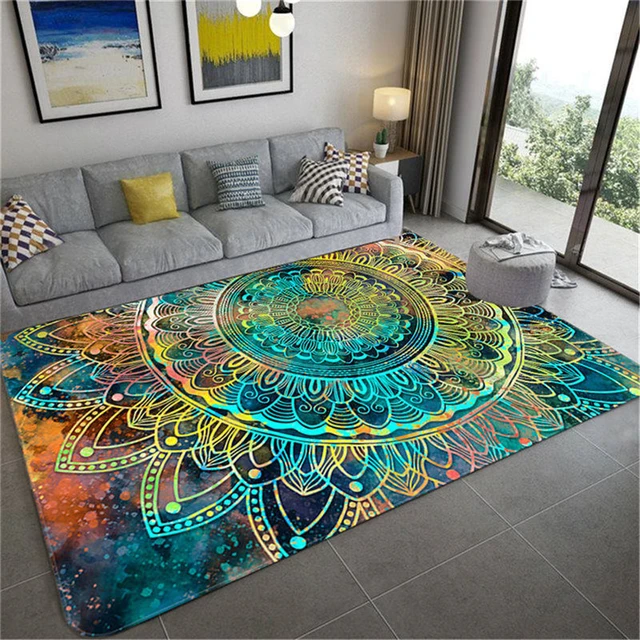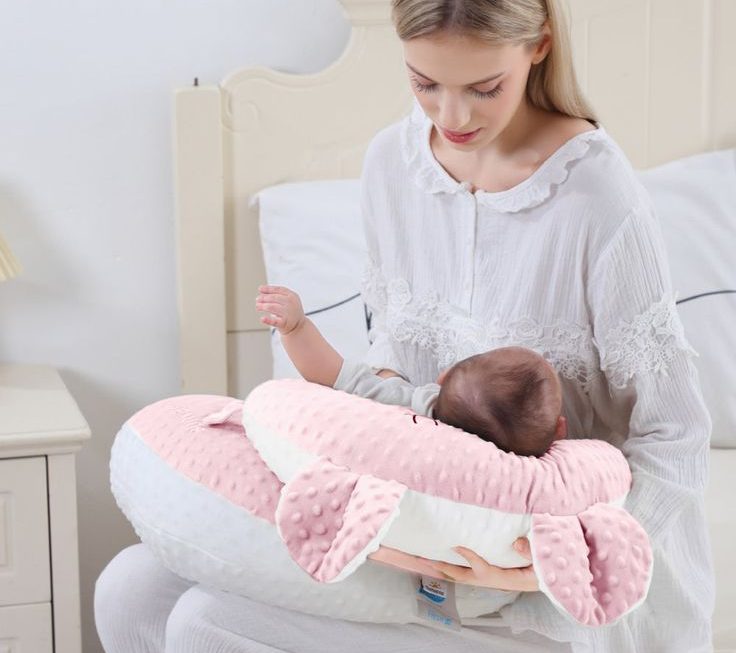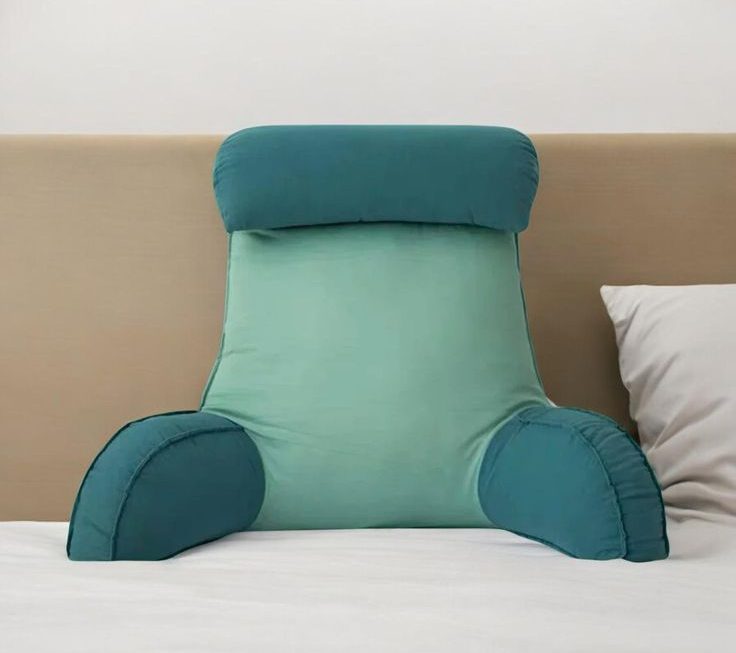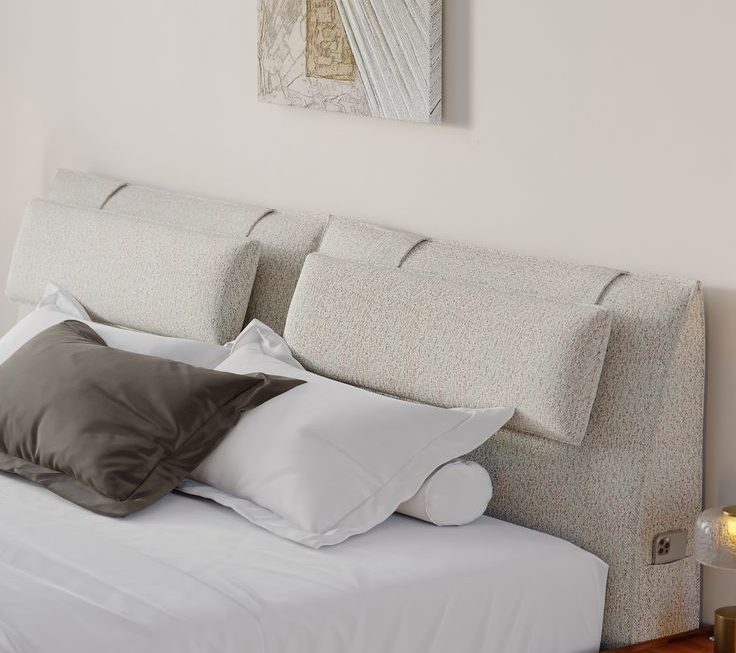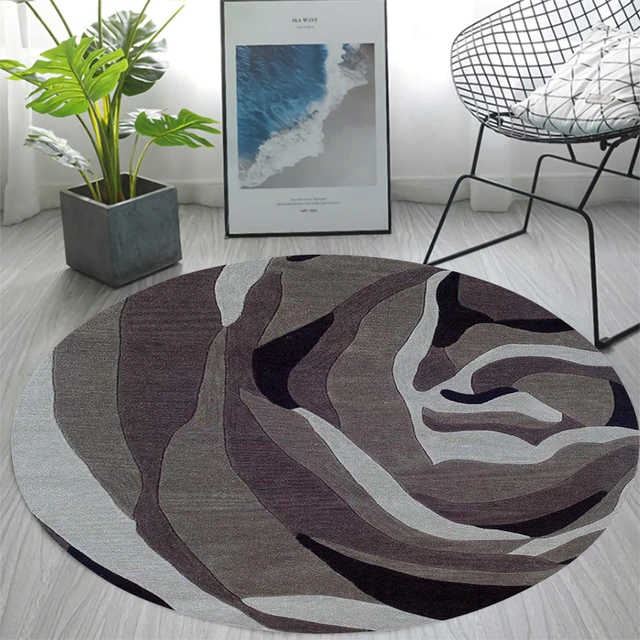 Introduction:
Introduction:
Discovering mold on your carpet can be an alarming sight. Apart from being unsightly, moldy carpet poses health risks and can damage the structure of your home. Understanding how to prevent and remediate moldy carpet is crucial for maintaining a healthy indoor environment. In this comprehensive guide, we will explore the causes and signs of moldy carpet, prevention measures, and steps for effective remediation. By understanding these aspects, you can confidently address mold issues in your carpet and ensure a safe and clean living space.
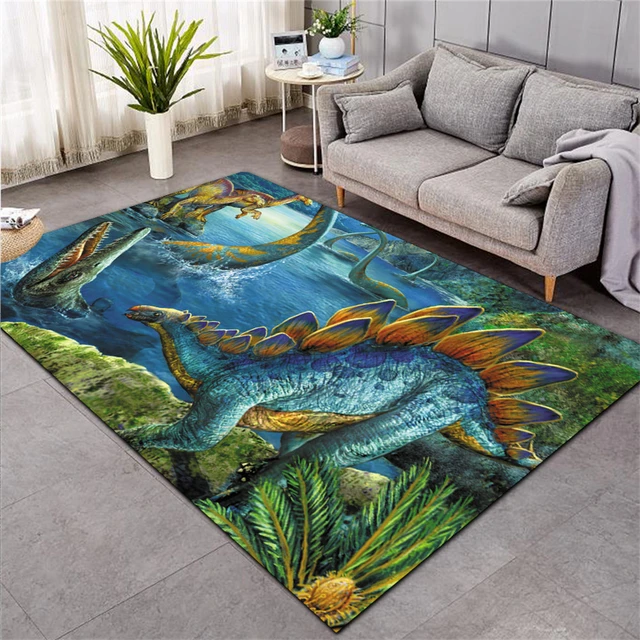 Having a moldy carpet can pose several hazards and risks:
Having a moldy carpet can pose several hazards and risks:
Health Effects: Mold can release spores into the air that can be inhaled, leading to respiratory issues, allergic reactions, and other health problems. People with pre-existing respiratory conditions or weak immune systems may be more susceptible to these effects.
Allergies and Asthma: Mold spores can trigger allergies and asthma symptoms in individuals who are sensitive to them. Common symptoms include coughing, wheezing, sneezing, itchy eyes, and skin rashes.
Odor and Unpleasant Environment: Mold growth on carpets can cause a musty, unpleasant odor that can linger in the affected area. This can create an overall uncomfortable and uninviting living or working environment.
Structural Damage: Prolonged exposure to mold can damage the structural integrity of the carpet, underlying padding, and even the subfloor. Mold can weaken the fibers of the carpet, causing it to deteriorate and potentially necessitating costly repairs or replacement.
Spread of Mold to Other Areas: Mold spores can easily spread to other areas of the house or building, potentially causing widespread contamination. This can result in additional mold growth on other surfaces and further complicate remediation efforts.
Decreased Indoor Air Quality: Moldy carpets can significantly impact the indoor air quality of a space. Poor indoor air quality can lead to various health issues, respiratory discomfort, and an overall unhealthy living or working environment.
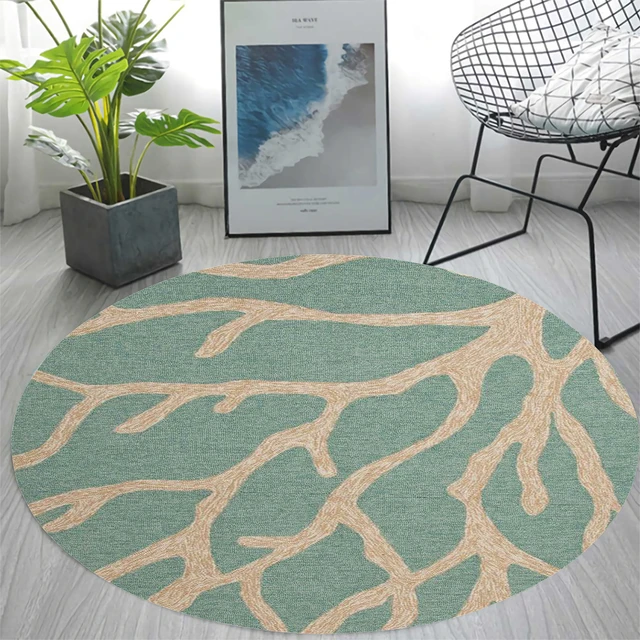 Causes and Signs of Moldy Carpet
Causes and Signs of Moldy Carpet
Moisture Intrusion:
Mold growth in carpets is often caused by moisture intrusion from various sources, such as leaks, floods, or high humidity levels.
Wet or damp carpet provides an ideal environment for mold spores to grow and multiply.
Signs of Moldy Carpet:
Visible mold growth on or beneath the carpet surface, appearing as discolored patches or fuzzy growth.
A musty or earthy odor coming from the carpet, often indicating deep-rooted mold growth beneath the surface.
Prevention Measures for Moldy Carpet
Monitor and Control Moisture Levels:
Maintain indoor humidity levels between 30-50% to prevent excessive moisture that can encourage mold growth.
Use dehumidifiers or air conditioners in damp areas of the home.
Address Water Intrusion Immediately:
Promptly repair any leaks or water damage in your home, including plumbing issues, roof leaks, or foundation problems.
Dry and clean affected areas thoroughly to prevent mold growth.
Proper Ventilation:
Ensure proper air circulation and ventilation in rooms with carpeting, especially in areas prone to moisture, such as bathrooms or laundry rooms.
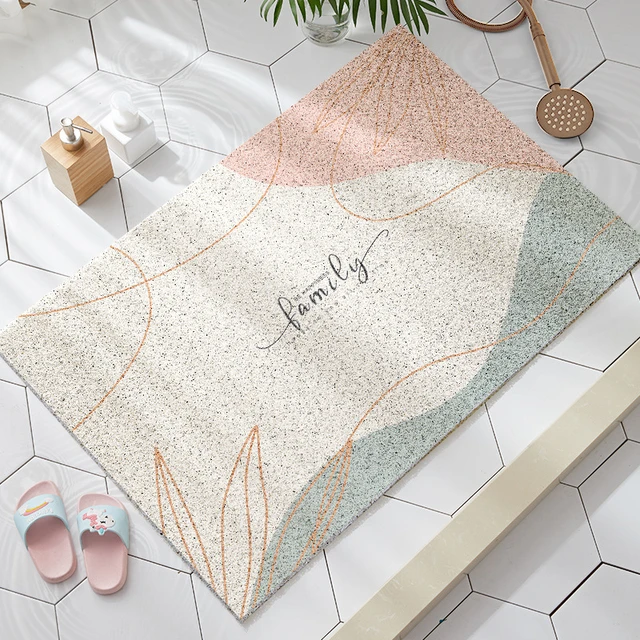 Remediation Steps for Moldy Carpet
Remediation Steps for Moldy Carpet
Assess the Extent of Contamination:
Determine the extent of the mold growth on the carpet.
If the affected area is larger than 10 square feet or if mold growth extends beyond the carpet, consider consulting a professional remediation service.
Personal Protective Equipment (PPE):
Before starting the remediation process, wear appropriate personal protective equipment, including gloves, goggles, and an N95 respirator mask, to avoid exposure to mold spores.
Containment Measures:
Create a containment area around the moldy carpet using plastic sheeting or tape to prevent the spread of mold spores to unaffected areas.
Seal off heating and cooling vents to prevent cross-contamination.
Removal and Disposal:
Remove and discard moldy carpet and padding from the affected area.
Place the contaminated materials in sealed plastic bags for proper disposal.
Clean and Treat Adjacent Surfaces:
Thoroughly clean and disinfect adjacent surfaces, such as subfloors or baseboards, using an EPA-registered mold cleaner.
Ensure proper drying to prevent further mold growth.
Dry and Monitor:
After the remediation process, thoroughly dry the affected area using fans and dehumidifiers.
Monitor the area for signs of recurring mold growth and address any underlying moisture issues.
Professional Assistance and Further Considerations
Consulting Professional Remediation Services:
If the mold growth is extensive or if you are unsure about the remediation process, consider seeking professional assistance.
Professionals can provide specialized expertise and equipment for effective mold remediation.
Regular Carpet Maintenance:
Implement a regular carpet cleaning and maintenance routine to remove dust, debris, and potential mold spores.
Vacuum carpets regularly using a HEPA-filtered vacuum cleaner.
Replacing Carpet Padding:
If the carpet padding is severely moldy or contaminated, it may need to be replaced along with the carpet.
Ensure proper drying and disinfection of the subfloor before installing new carpeting.
-
Here are some popular trends in carpeting:
Sustainability and Eco-Friendly Materials:
With increasing awareness of environmental concerns, there is a rising demand for sustainable and eco-friendly carpet materials. Carpets made from recycled or renewable materials, such as recycled nylon or wool, plant-based fibers like bamboo or sisal, and carpets using natural dyes and low VOC (Volatile Organic Compounds) emissions are gaining popularity.
Neutral and Natural Colors:
Neutral colors, such as shades of gray, beige, and taupe, are popular choices in carpeting. These colors provide a versatile and timeless look that complements various interior design styles. Natural, earthy tones are also on-trend, adding warmth and depth to spaces.
Texture and Pattern:
There is an increasing interest in textured carpets that add dimension and visual interest to a room. These carpets feature patterns like loops, cut piles, or a combination of both, creating a multi-dimensional and tactile appearance. Geometric patterns, abstract designs, and organic motifs are also popular choices for adding visual appeal.
Plush and Soft Carpeting:
Luxuriously soft and plush carpets are gaining popularity for their comfort and cozy feel. Carpets made from high-quality synthetic fibers like nylon or polyester provide a luxurious and soft texture underfoot. These soft carpets are often used in bedrooms, living rooms, and areas where comfort is a priority.
Low-Maintenance Carpets:
With busy lifestyles and a desire for easy upkeep, low-maintenance carpets are in demand. Stain-resistant and easy-to-clean carpets, such as those treated with stain-resistant technologies or made with inherently stain-resistant fibers like solution-dyed nylon, are preferred choices for households with pets, children, or high traffic areas.
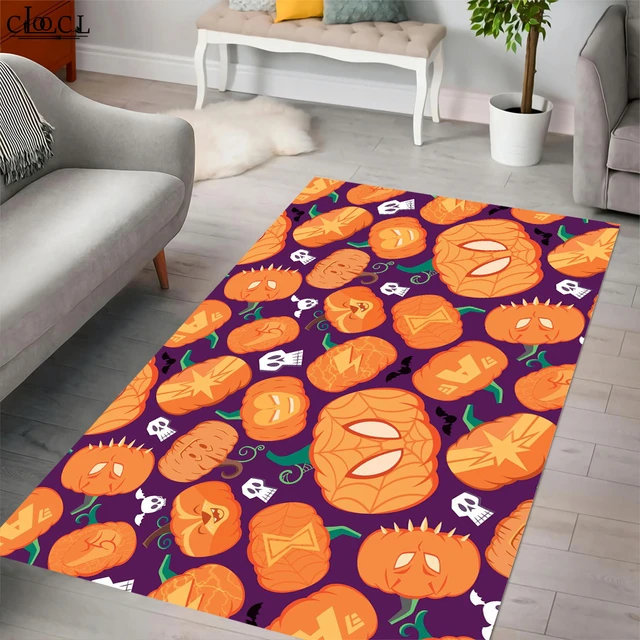 Conclusion:
Conclusion:
Addressing moldy carpet promptly and effectively is crucial for maintaining a healthy and safe indoor environment. By understanding the causes and signs of moldy carpet, adopting preventive measures, and following the remediation steps outlined in this comprehensive guide, you can confidently address mold issues in your carpet. Preventing moisture intrusion, controlling humidity, and responding quickly to water damage are vital in preventing mold growth. Let this guide serve as a valuable resource in your efforts to prevent and remediate moldy carpet, ensuring a clean and healthy living space.
